Nutrient Solutions in Hydroponics
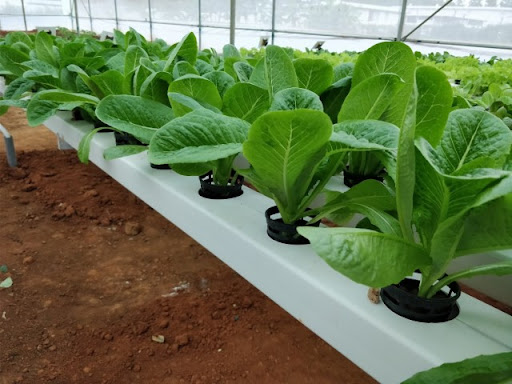
Hydroponics, a soil-less method of cultivating plants, has gained popularity for its efficiency and ability to maximize crop yields. One of the critical components in hydroponic systems is the nutrient solution – a carefully formulated blend of essential elements that serves as the primary source of nutrition for plants. In this blog post, we delve into the importance of nutrient solutions in hydroponics, exploring the key elements, their roles, and strategies for maintaining a balanced and optimal nutrient environment for plant growth.
1. The Essentials: Key Nutrients for Hydroponic Plants
Hydroponic plants rely on a carefully balanced mix of essential nutrients for robust growth and development. These nutrients can be categorized into macronutrients and micronutrients:
a. Macronutrients: – Nitrogen (N) – Phosphorus (P) – Potassium (K) – Calcium (Ca) – Magnesium (Mg) – Sulfur (S)
b. Micronutrients: – Iron (Fe) – Manganese (Mn) – Zinc (Zn) – Copper (Cu) – Boron (B) – Molybdenum (Mo) – Chlorine (Cl)
2. Formulating Nutrient Solutions: Striking the Right Balance
Creating a well-balanced nutrient solution is a cornerstone of successful hydroponic gardening. The goal is to provide plants with the right amounts of each essential nutrient throughout their growth stages. Nutrient solutions are typically available in pre-mixed formulations, but some hydroponic growers prefer formulating their solutions based on the specific needs of their crops.
a. Nutrient Concentrations: – Follow guidelines provided by nutrient solution manufacturers or base your concentrations on the growth stage of your plants. Seedlings, vegetative growth, and flowering stages may require different nutrient ratios.
b. pH Levels: – Maintain an optimal pH level for nutrient absorption. Most plants thrive in a slightly acidic to neutral range, typically between 5.5 and 6.5. Regularly monitor and adjust the pH of your nutrient solution to ensure nutrient availability.
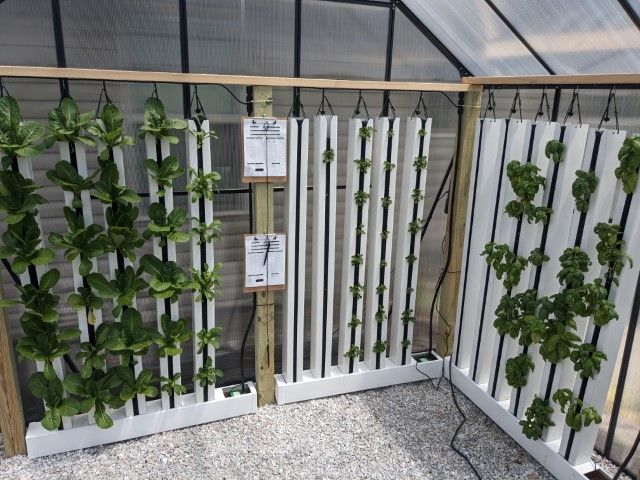
3. Monitoring and Adjusting Nutrient Levels: The Key to Success
Successful hydroponic gardening requires diligent monitoring of nutrient levels within the solution. Regularly test the electrical conductivity (EC) or total dissolved solids (TDS) of the solution to gauge nutrient concentration. Adjustments can be made by adding a more concentrated nutrient solution or diluting it with water to achieve the desired levels.
4. Water Quality: The Foundation of Nutrient Solutions
The quality of water used in hydroponic systems is crucial. Water should be free of contaminants and impurities that may interfere with nutrient absorption. Consider using filtered or purified water to ensure the integrity of your nutrient solution.
5. Seasonal and Plant-Specific Considerations
Different plants have varying nutrient requirements, and these needs may change with the seasons. Tailor your nutrient solution to meet the specific demands of the plants you are growing and adjust formulations based on seasonal variations in temperature and light.
6. Automated Nutrient Delivery Systems: Precision in Hydroponics
For larger-scale hydroponic operations or those seeking precision in nutrient delivery, automated systems can be employed. These systems use sensors and controllers to continuously monitor and adjust nutrient levels, ensuring plants receive a consistent and optimized nutrient supply.
Conclusion
Nutrient solutions form the backbone of hydroponic systems, providing plants with the essential elements needed for growth and development that you can learn from this article from Guided To. Achieving the right balance of macronutrients and micronutrients, maintaining appropriate pH levels, and regularly monitoring and adjusting nutrient concentrations are vital aspects of successful hydroponic gardening. By fine-tuning nutrient solutions to the specific needs of your crops, you can unlock the full potential of hydroponics, enjoying healthier plants, faster growth, and increased yields. Happy hydroponic gardening!


 SEO for E-Commerce Platforms
SEO for E-Commerce Platforms  Air Conditioning Repairs You Should Know About
Air Conditioning Repairs You Should Know About 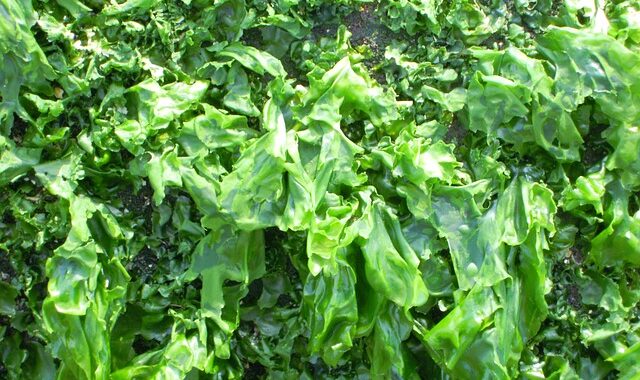 Sea Moss into Your Daily Meals
Sea Moss into Your Daily Meals  Data Storage for Personalized Medicine
Data Storage for Personalized Medicine 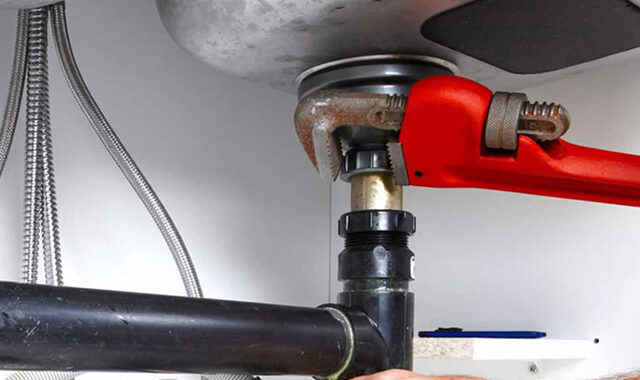 Tips for Maintaining Your Plumbing System
Tips for Maintaining Your Plumbing System 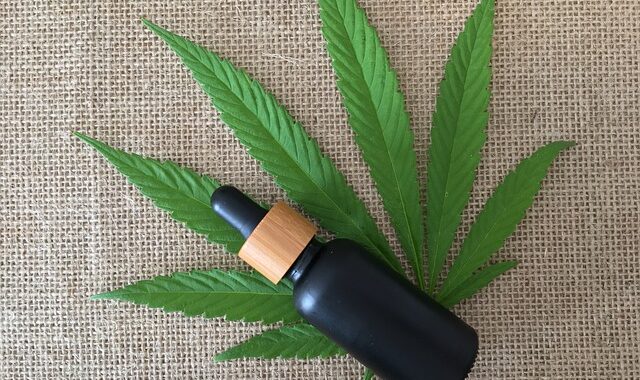 CBD in Managing Arthritis Symptoms
CBD in Managing Arthritis Symptoms